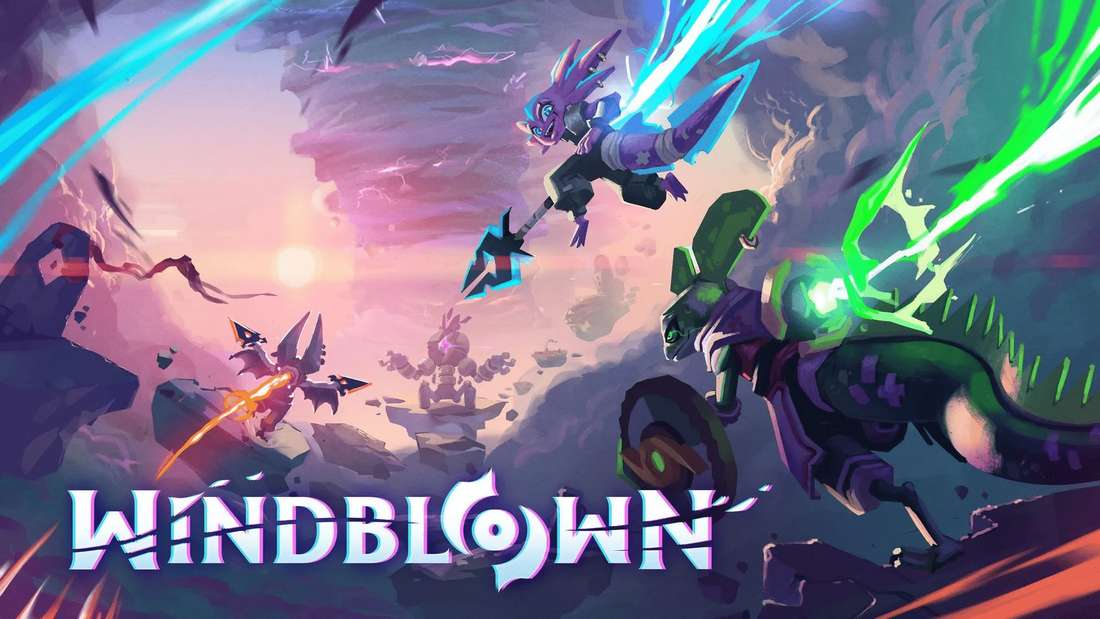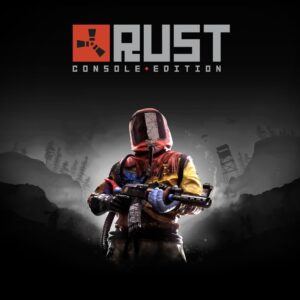The Early Access Paradigm Shift: Dead Cells Creators Declare New, Higher Standards for Developers Post-Hades
Popular Now
 Genshin Impact
Genshin Impact
 Schedule I
Schedule I
 Roblox
Roblox
 Free Fire
Free Fire
 Free Fire Max
Free Fire Max
 Auto X Drift Racing 3
Auto X Drift Racing 3
 Fortnite
Fortnite
 CarX Street
CarX Street
 Black Myth: Wukong
Black Myth: Wukong
 Sonic the Hedgehog™ Classic
Sonic the Hedgehog™ Classic
 The landscape of PC gaming and indie game development has fundamentally changed, according to the creators of the smash-hit roguelike Dead Cells. Developers at Motion Twin, who are currently launching their new title Windblown into Steam Early Access (EA), have publicly acknowledged that player expectations for unfinished games are dramatically higher than they were just five years ago, largely due to the precedent set by polished, iterative releases like Supergiant Games’ Hades. This new reality places significant pressure on developers but, as the team notes, it is a justified evolution because, fundamentally, “they are buying the game.”
The landscape of PC gaming and indie game development has fundamentally changed, according to the creators of the smash-hit roguelike Dead Cells. Developers at Motion Twin, who are currently launching their new title Windblown into Steam Early Access (EA), have publicly acknowledged that player expectations for unfinished games are dramatically higher than they were just five years ago, largely due to the precedent set by polished, iterative releases like Supergiant Games’ Hades. This new reality places significant pressure on developers but, as the team notes, it is a justified evolution because, fundamentally, “they are buying the game.”
This statement, made by designers Yannick Berthier and Thomas Vasseur, is a critical insight into the modern game monetization model of Early Access. Once viewed as a beta testing ground primarily for dedicated, risk-tolerant fans, the platform is now a de facto launch environment where customers expect a near-finished, high-quality, and deeply engaging experience from day one. This shift has massive implications for game development budgets, release timelines, and user acquisition strategies, particularly for roguelike and action-RPG titles which have historically thrived in the EA ecosystem.
 The Hades Effect: Polished Gameplay from the Outset
The Hades Effect: Polished Gameplay from the Outset
The success of games like Dead Cells itself, and later the monumental, industry-defining performance of Hades, has recalibrated what consumers define as an acceptable “early” state. Hades in particular was renowned for offering a deeply polished, narrative-rich, and mechanically-complete core loop even in its initial Early Access build. This established a gold standard: simply offering a buggy skeleton of a game is no longer tolerated by the majority of the player base, impacting Steam reviews and word-of-mouth marketing, which are critical for high ROI.
- Quality Core Loop: Players expect the core gameplay mechanics—combat, movement, and initial progression—to be tight, bug-free, and satisfying. The excuse of “it’s just Early Access” no longer shields developers from criticism over poor performance or fundamental design flaws.
- Content Richness: The perceived value must justify the purchase price. Developers are now compelled to launch with sufficient content to keep players engaged for dozens of hours, creating a “promise” of a robust future experience, rather than a mere tech demo.
- Transparent Iteration: Frequent, substantive updates with clear communication are now mandatory. The live-service aspect of EA—where the community feels actively involved in the development—was perfected by the success stories and is now a key expectation for maintaining player retention.
Motion Twin’s decision to launch their new project, Windblown, back into Early Access reflects their belief that this iterative process is the best way for them to make games. However, they acknowledge that the “expectations are very, very high right now,” forcing their work to “make something that stands out” immediately. This heightened bar is driving up development costs and requiring more resources to be front-loaded into pre-release polish.
 The Developer’s Dilemma: Investment vs. Expectation
The Developer’s Dilemma: Investment vs. Expectation
For independent studios, Early Access has always been a vital tool for securing funding and real-world playtesting. It allows for an essential cash injection to sustain a development team—especially crucial in the intensely competitive video game market of 2025. However, the rising player standards have turned this lifeline into a tightrope walk. Launching too early risks catastrophic backlash and permanent damage to a game’s reputation, while waiting too long defeats the purpose of gaining early community feedback and necessary financial backing.
As Berthier noted, players are, in effect, “buying the game.” This reframing of the transaction is key. It moves the purchase out of the realm of “crowdfunding” or “donation” and squarely into the category of “premium product,” even if that product is technically unfinished. Consequently, the industry has seen:
- Increased Marketing Pressure: Early Access launches are now often accompanied by full-scale marketing campaigns, including high-profile trailer drops and major streamer endorsements. This expenditure reflects the need for a strong first impression.
- The Decline of the ‘Paid Demo’: Games that offer scant content or unstable performance are now rightly criticized as being little more than paid demos, leading to negative press and a failure to capitalize on high-value conversion keywords.
- Focus on Longevity: The new benchmark for success involves not just a smooth launch, but a commitment to years of consistent, meaningful updates. This aligns the EA model closely with the Games-as-a-Service (GaaS) model, demanding a permanent content pipeline and dedicated community management team.
This evolving standard suggests a maturing market. Players are discerning, and their willingness to spend their disposable income on an unfinished product is now directly tied to the demonstrable quality and the trust they place in the developer’s track record—a lesson learned the hard way by less successful EA ventures.
Conclusion: The Path to a Sustainable Early Access Model
The lessons from Hades, Dead Cells, and other successful roguelikes in Early Access are clear: the future of this distribution model rests on transparency, quality assurance, and substantive content from the very first public release. Developers must view their EA launch as a soft release, not an alpha test. The acknowledgement from the Dead Cells creators validates the player base’s higher demands and marks a professional acceptance of the new industry benchmark. For players, this means a better experience; for developers, it means the cost of entry into the Early Access market is now significantly higher, rewarding the studios that prioritize polish and player-centric development above all else. This focus on “player-first” delivery is the strongest digital strategy for success in the competitive 2025 landscape.
Strong Call to Action: Do you agree that Hades raised the bar for Early Access? What other games set the standard for a great EA launch? Share your thoughts on the evolving state of Steam Early Access and the new standards for video game polish in the comments below.









